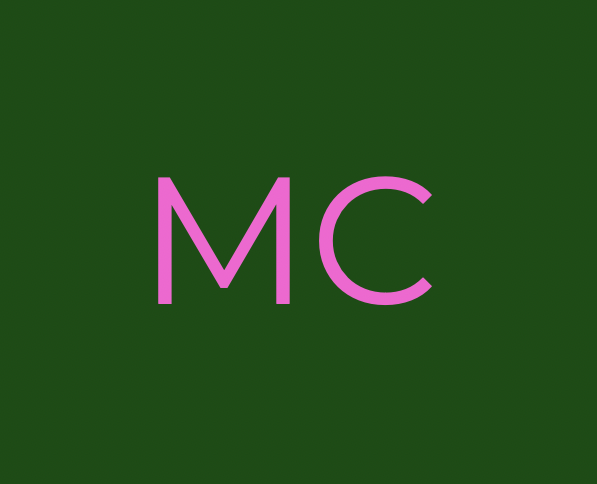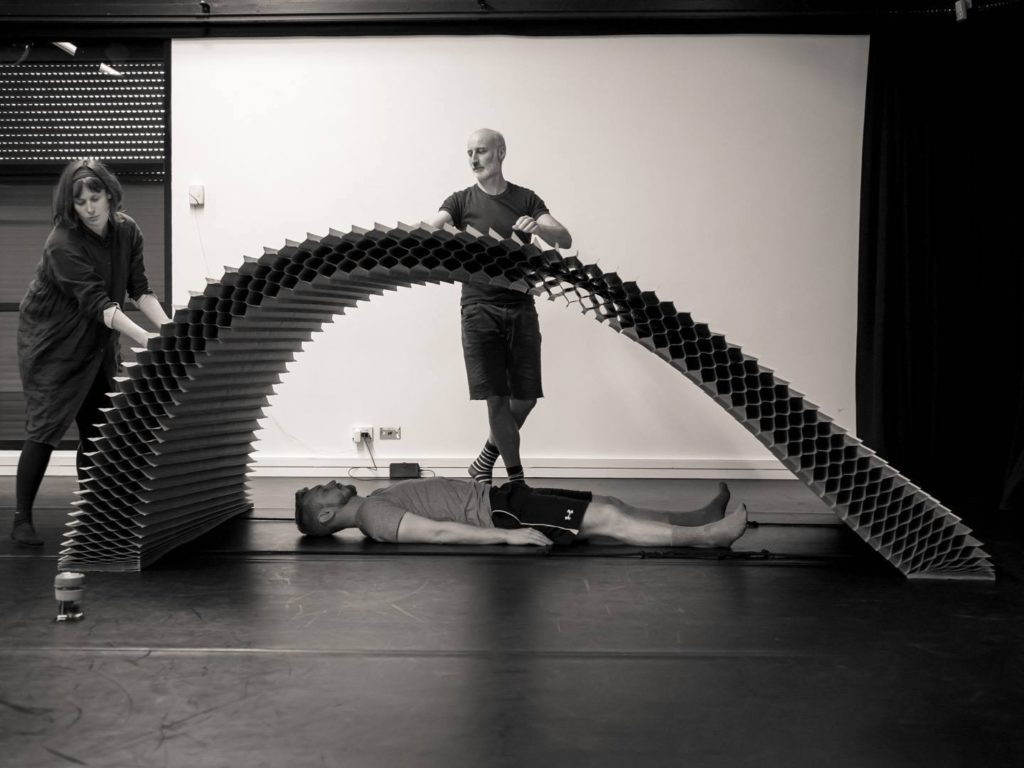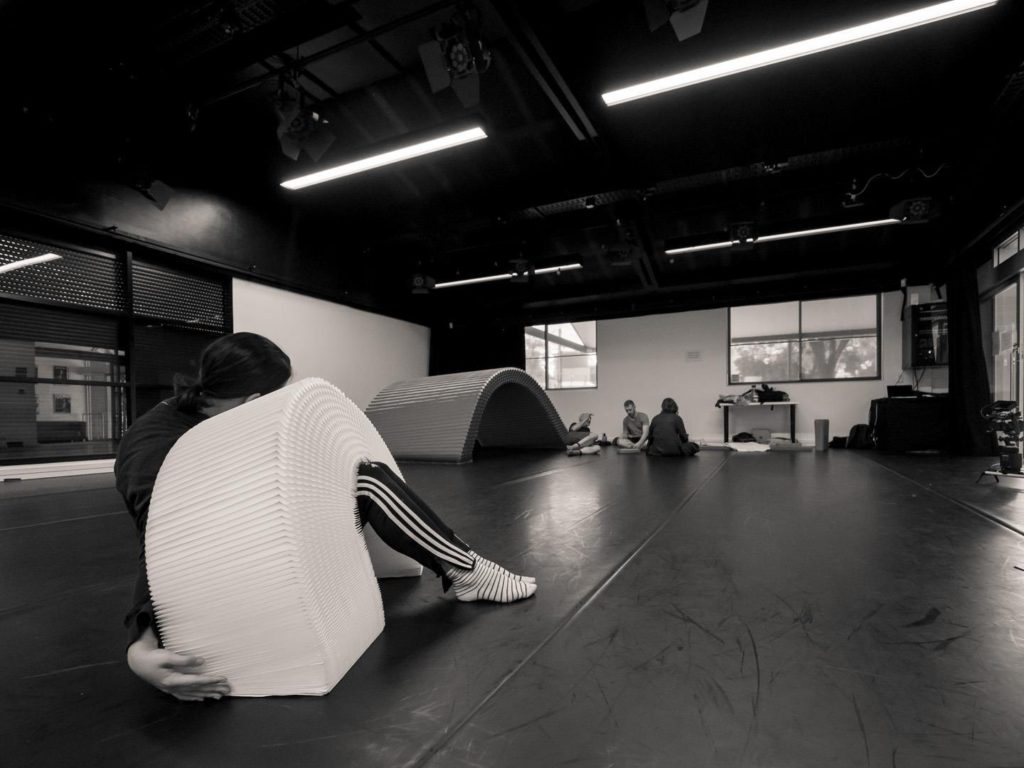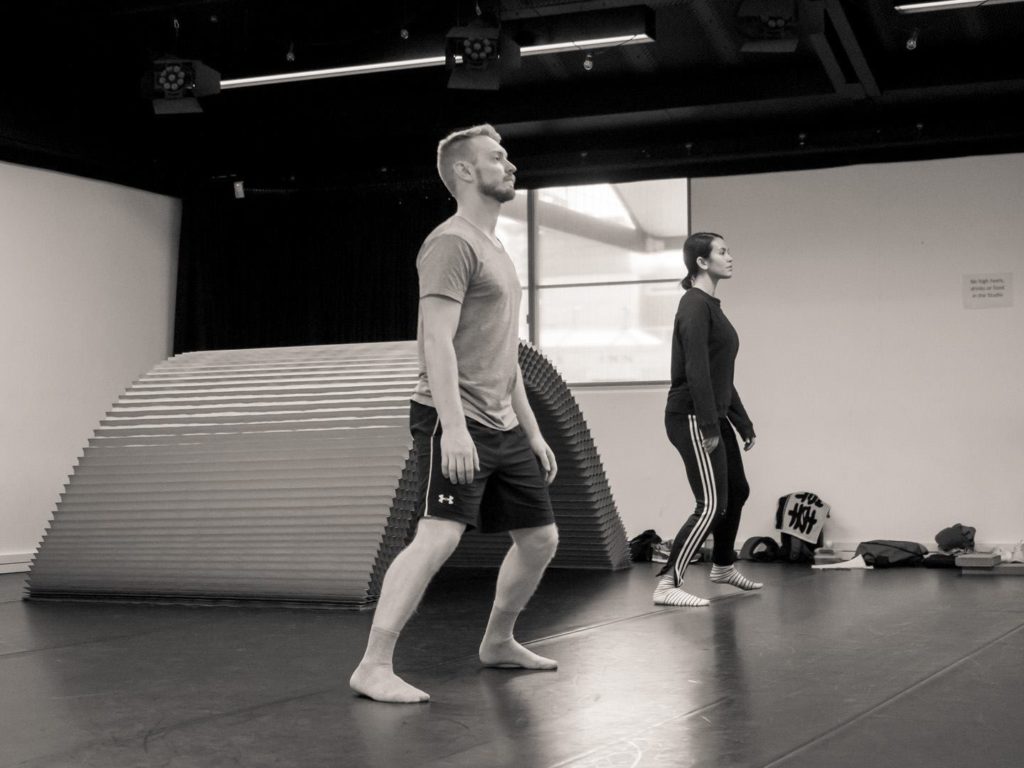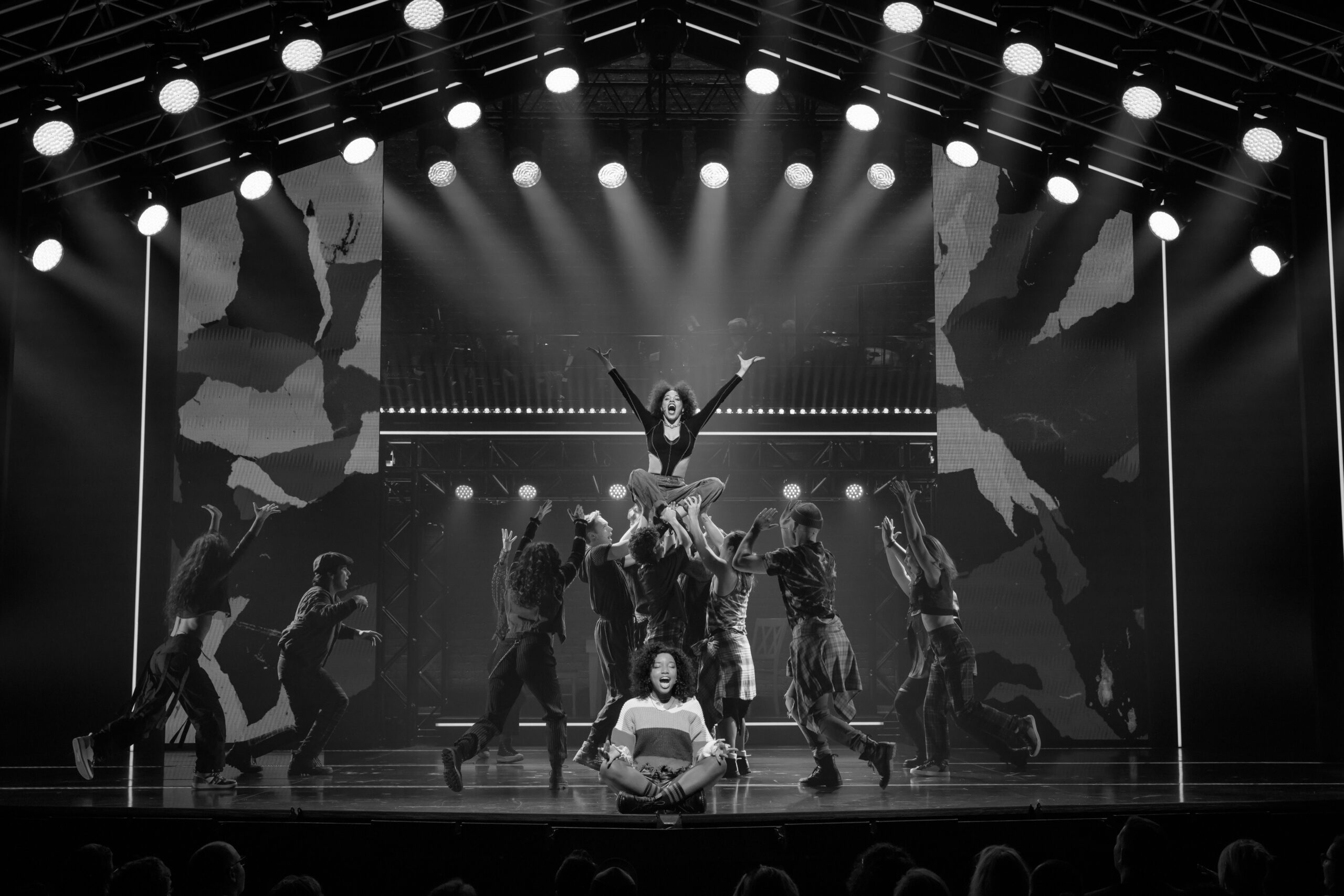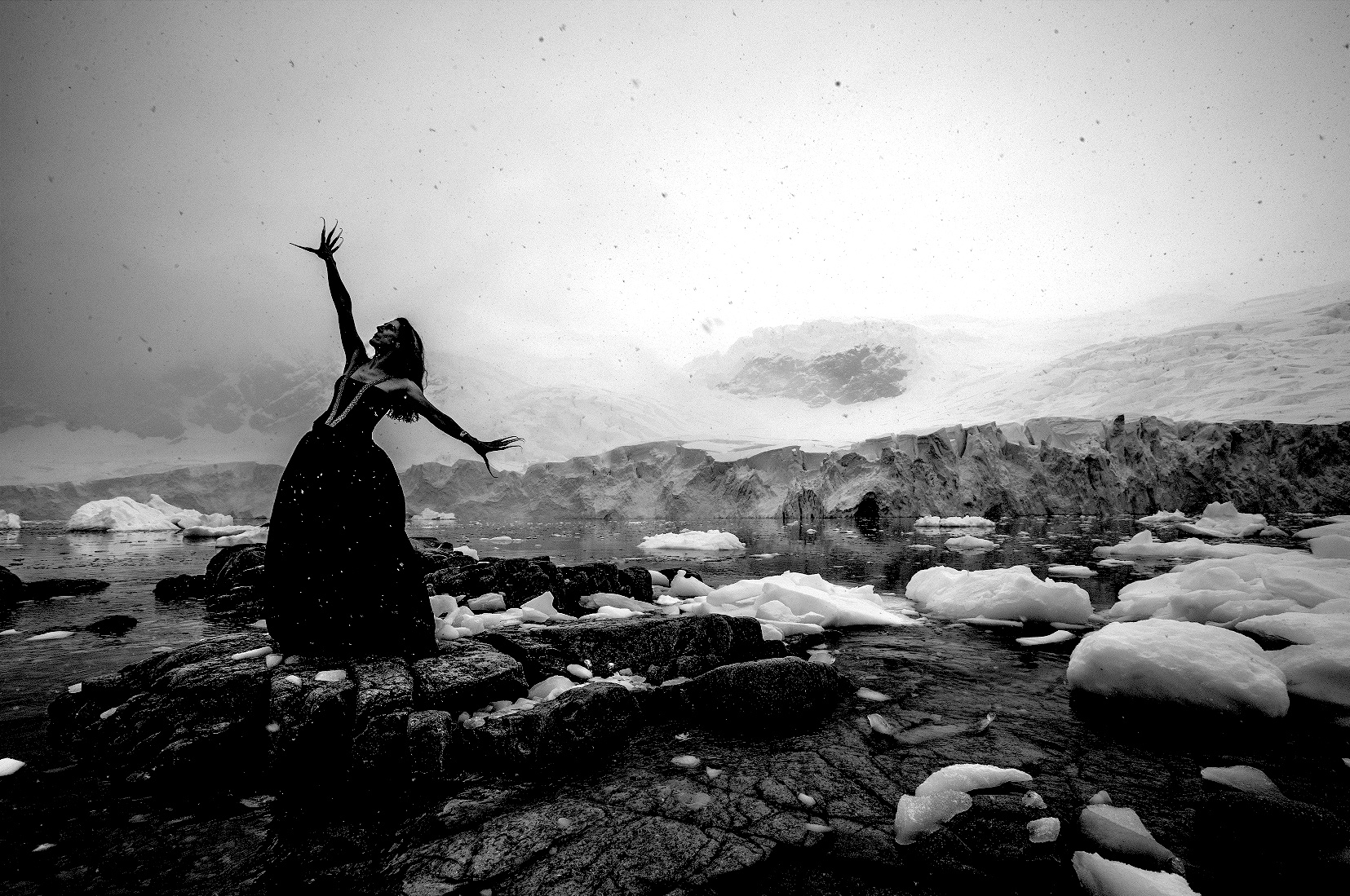CONCRETE IMPERMANENCE
Melding dance and art, this new work is an expression of how the animate and inanimate connect. As the dancers interact with moveable sculptural objects on stage, they unfurl a story that tackles global and personal instability, environmental disaster and personal trauma. Through these relationships and environments, Concrete Impermanence reveals the fragility of human existence – in its tragedy, poetic beauty and in the inevitable reality of a fragile existence.
Created by Adelaide based artist, Alison Currie, whom spoke with the Melbourne Critique, about how ideas and concepts can be explored through performance, the world as it rapidly shifts and what drives some to the point of creation.
Alison, lets dive right in- Concrete Impermanence- these two are conflicting in image and concept, so, how, in the realms of dance, do they come together, and in these two notions, what is it that you are exploring?
Concrete Impermanence refers to the old adage; change is the only constant. That impermanence has been made concrete through its consistency over time. This title also came about as a result of research into how solid materials, such as concrete and steel, behave during earthquakes; they appear liquid and are twisted or distorted, seemingly without any resistance. We started looking at natural disasters, particularly earthquakes, and the impacts of these on buildings, landmasses and the people experiencing them. This thematic broadened to include the effects of personal trauma; grief and loss and how a sudden change or impact can call into question one’s entire understanding of the world.
In a world so rapidly shifting, what can dance bring to the conversation, and how can it be employed for good?
Abstracting ideas leads to new ways of seeing the world, which can, in turn, lead to changing behaviour. I believe the critical thinking involved in art making is a vital part of how humans exist, interact with and experience the world.
And in extension, how strongly do you believe in the power of art, more generally, in being able to invoke, not only conversation, but the kind of change, which is so urgent and necessary?
The power of art is difficult to measure, often (particularly in Australia,) we are asked to justify our art making or existence as makers; the life changing “power of art” is one way that is used to justify this existence. The critical thinking of art making leads to difficult, large world conversations and these are important to have, to convey and experience. Making work adds actions to the conversation; actions and images that hopefully hold in people’s minds more than words would.
Within this work, what device are you employing, and how? What will audience walk away, having experienced, or felt?
For several years one of my central interests has been the use of inanimate objects with people in performance. This connection between the person and object remains important to me as I continue to explore how they can connect, compare and relate to one another. In ‘Concrete Impermanence’ the three performers are joined by ten objects, by design company Molo. I enjoy how the relationship between people and objects constantly changes throughout the work. How these interactions are interpreted is up to the audience and I hope they have a range of experiences.
I am fortunate to have collaborated with some brilliant artists to create this work, the sound by Alisdair Macindoe is a complex electronic score which overlays the choreography, the theatre is also amplified so that the movement of the dancers and objects forms part of the soundscape. Matthew Adey has designed lighting for this work to enhance and frame the objects and performers, as well as, open the entire space. Jason Lam has created a video, which is a visual representation of the key moments within the sound score, making the work more accessible to deaf audience members.
Do you believe art to be under threat, much like the world at large, and, if, tomorrow we woke with no art, no dance, and no culture; to you, what would the world look like and how would it feel?
It would feel bleak! I’m not sure if it’s under threat, it feels somewhat impossible to know what the future holds, I guess that’s the experience I want to convey in this work, nothing is known, but life goes on regardless.
